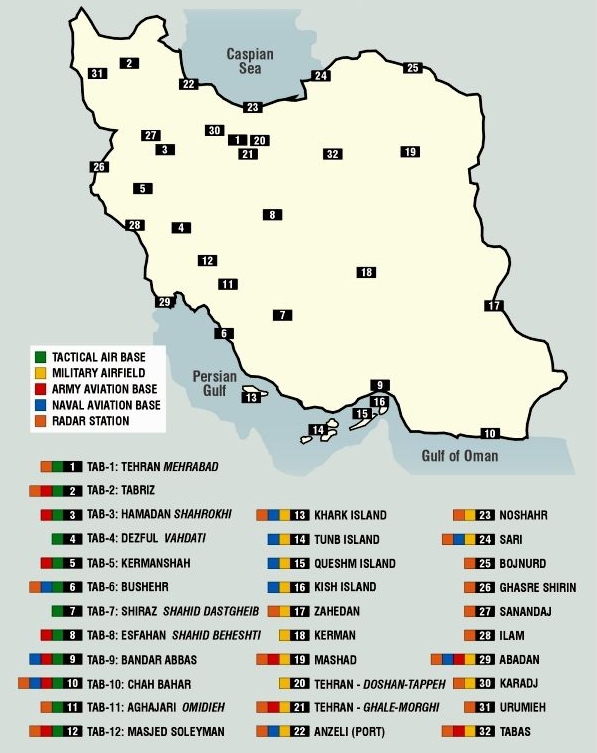Hainan Island Faces Evacuations Ahead of Typhoon Wutip's Landfall

BEIJING — As Typhoon Wutip approaches the southern island of Hainan, Chinese authorities have executed a mass evacuation, relocating over 16,000 individuals from vulnerable areas, including construction sites and flood-prone regions, according to a report from the state-run Xinhua news agency on June 13, 2025. The storm, which formed over the South China Sea, is anticipated to make landfall later today, bringing with it severe weather conditions, including torrential rain and strong winds.
The China Meteorological Administration (CMA) has indicated that Wutip could deliver rainfall exceeding 100mm across six cities and counties in Hainan, with wind speeds reaching up to 101 km/h. In response to the impending storm, local authorities have also halted high-speed rail services, closed schools and tourist attractions, and suspended all flights at Sanya Airport. These measures are part of the government's emergency response to safeguard the residents and travelers on the island.
In addition to the evacuations, more than 40,000 fishermen have been moved ashore from their boats as a precautionary measure. The response has been swift, with footage from state broadcaster CCTV showing workers clearing fallen trees and debris in preparation for the storm. Moreover, the Guangdong province has heightened its emergency response level, deploying rescue vessels and over 30 tugboats in anticipation of potential emergencies related to the storm.
Historically, Hainan has experienced severe weather events, and the region's vulnerability to typhoons has heightened in recent years due to climate change. According to Dr. Li Cheng, a climatologist at Beijing University, "The frequency and intensity of typhoons impacting Hainan are increasing as global temperatures rise, leading to more extreme weather patterns."
This year marks the first typhoon to make landfall in China, and its impact is closely monitored as the region braces for what could be significant flooding and damage. Wutip is projected to affect not only Hainan but also parts of Guangdong and Guangxi, where further evacuations and preparations are underway.
The CMA has warned that Wutip may maintain its severe tropical storm intensity as it moves northeast and gradually weakens. Last year, Typhoon Gaemi resulted in catastrophic flooding that claimed at least 30 lives in eastern China, underscoring the potential dangers posed by such weather events.
As the situation develops, the Chinese government continues to prioritize disaster preparedness and response, with the aim of minimizing the impact of Typhoon Wutip on its citizens. The current climate crisis necessitates a reevaluation of infrastructure and emergency protocols in vulnerable regions, as stated by Dr. Zhang Wei, an environmental policy expert at Tsinghua University. "Investing in resilient infrastructure is crucial to mitigating the impact of future storms, which are expected to be more severe."
In conclusion, as Hainan faces the imminent threat of Typhoon Wutip, the coordinated efforts of local authorities and national agencies reflect a growing recognition of the need for effective disaster management strategies in the face of climate change. The outcomes of this storm will likely influence future policies regarding disaster preparedness and climate resilience in China.
Advertisement
Tags
Advertisement





